
Peoples and Languages
Social Media
Leave comments, suggestions, keep an eye on news in our groups on VK, Odnoklassniki and Telegram channel


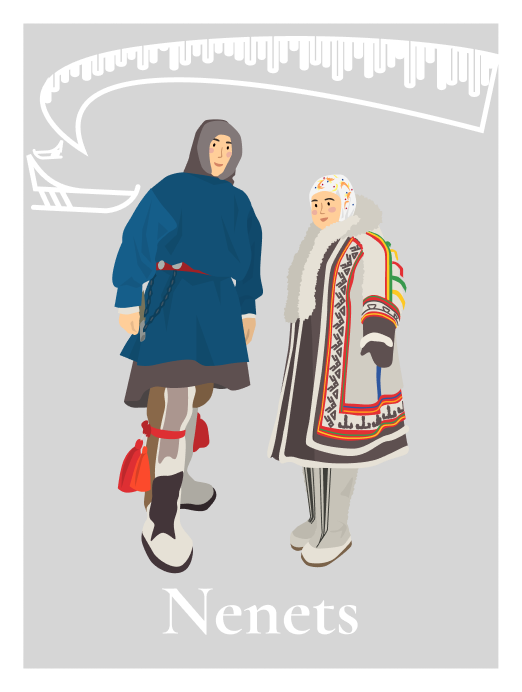
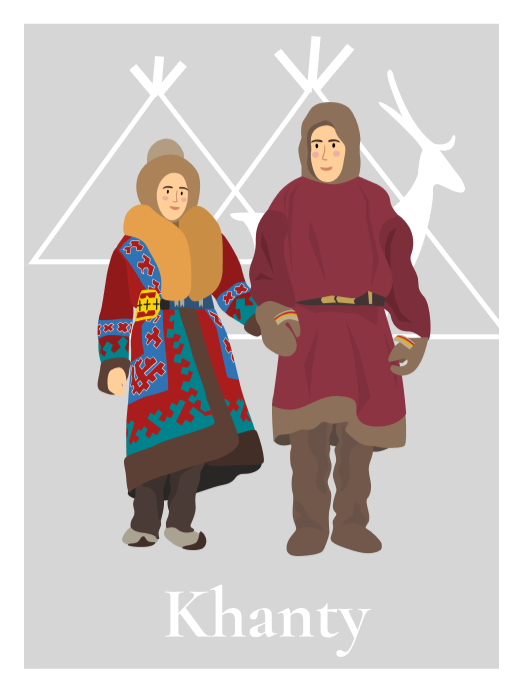


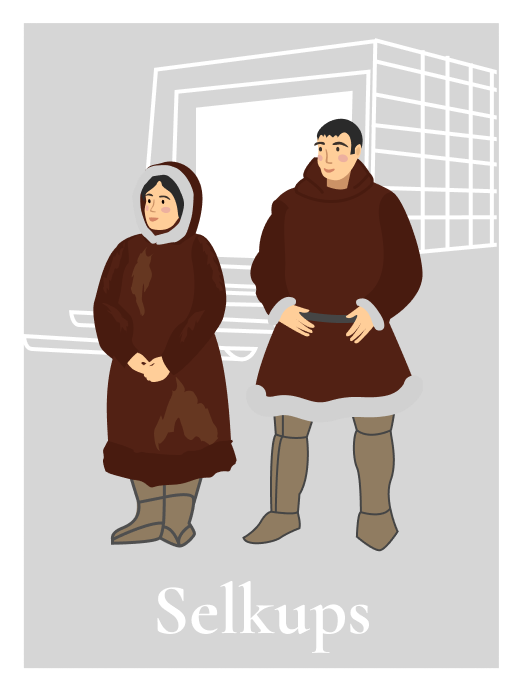
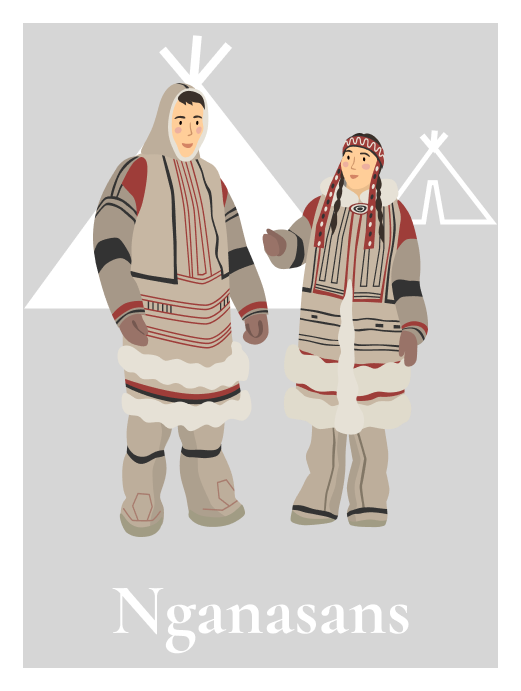
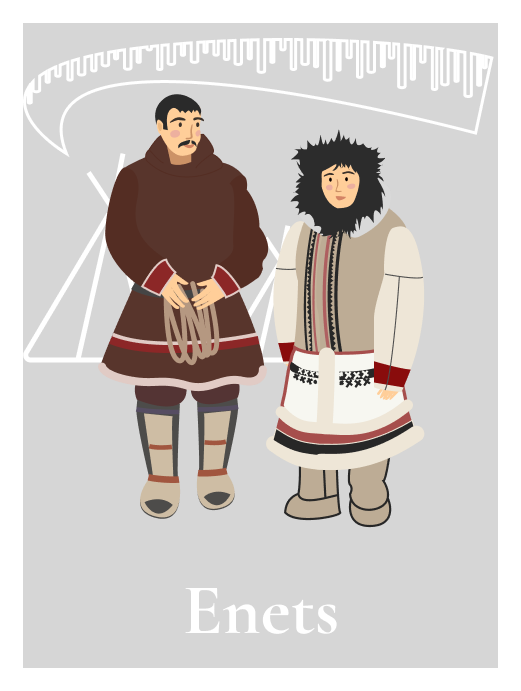
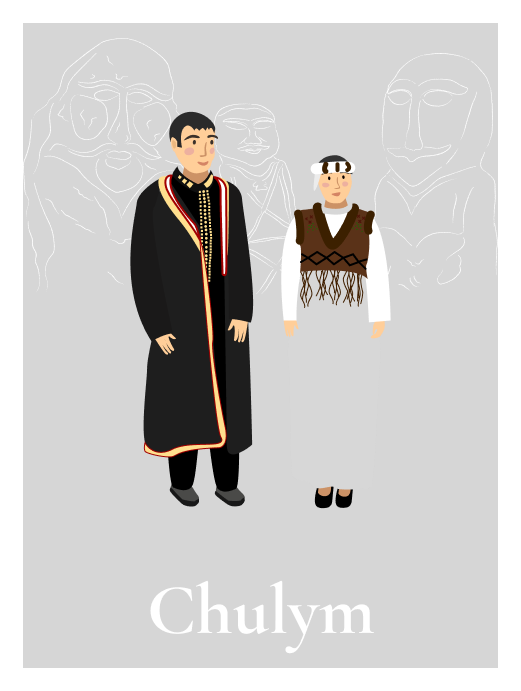
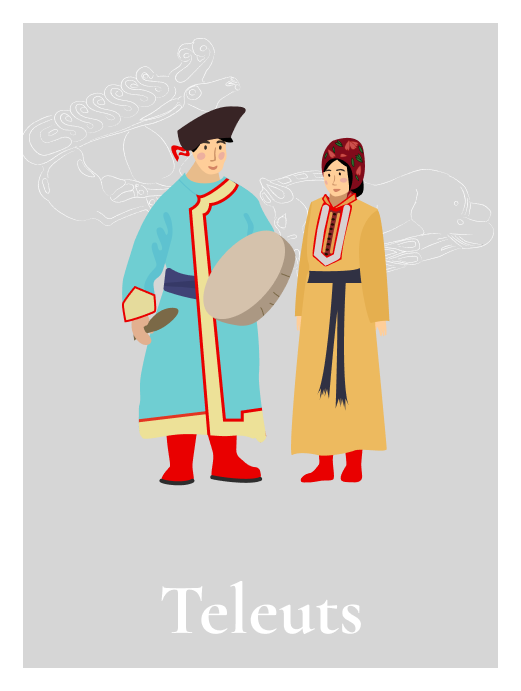


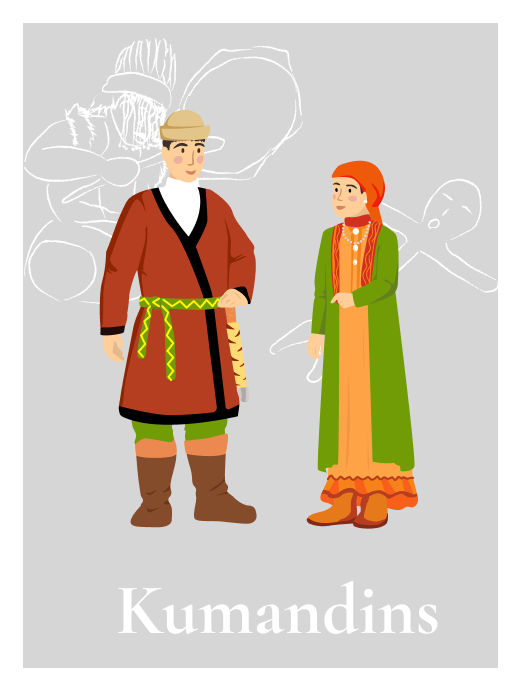

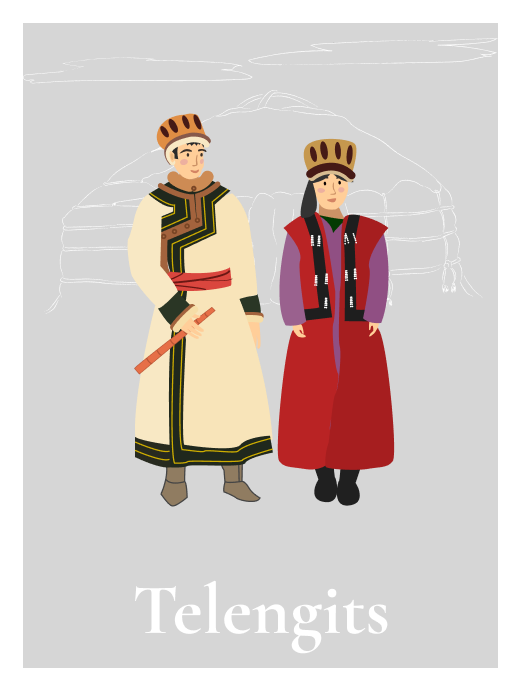

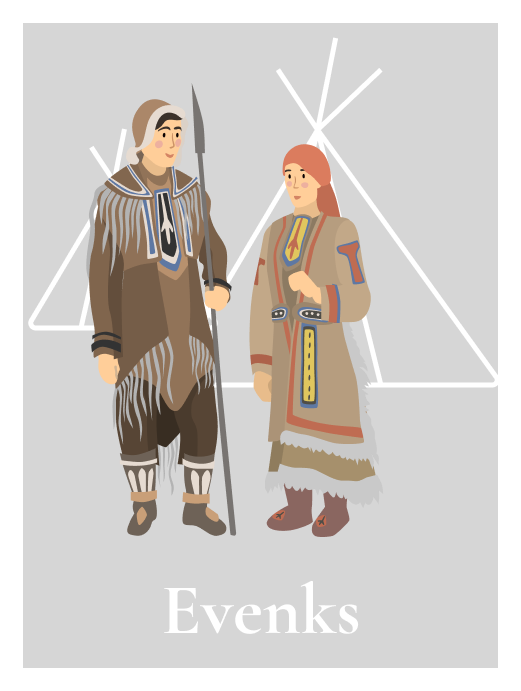
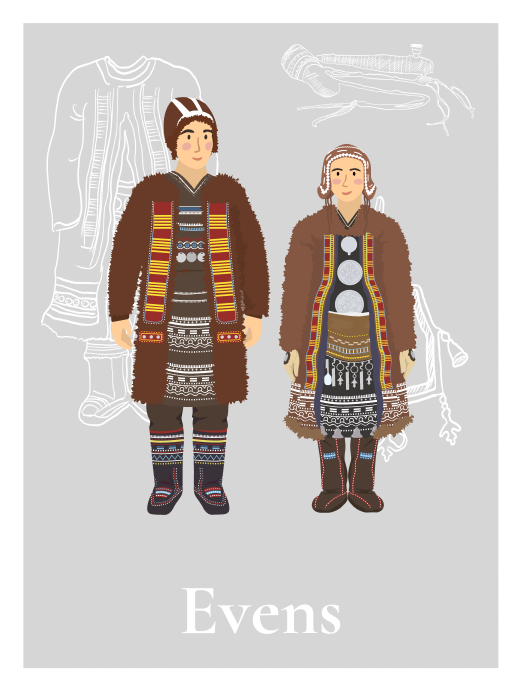
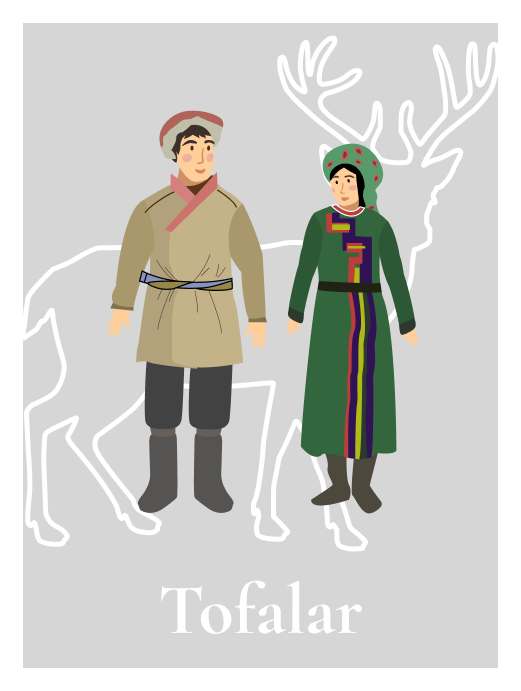
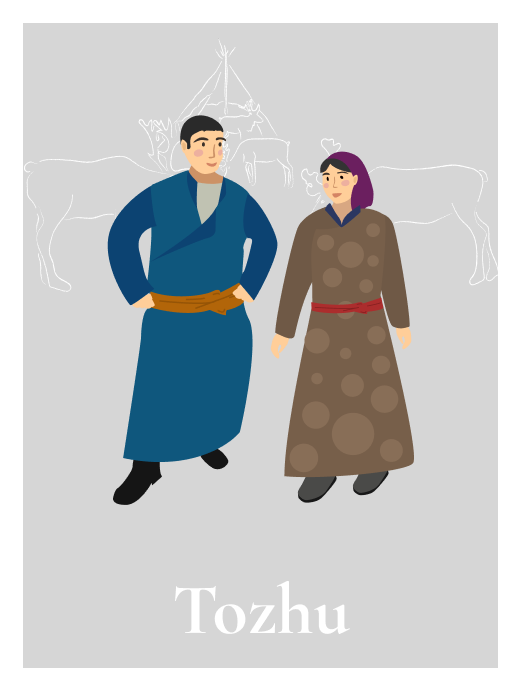
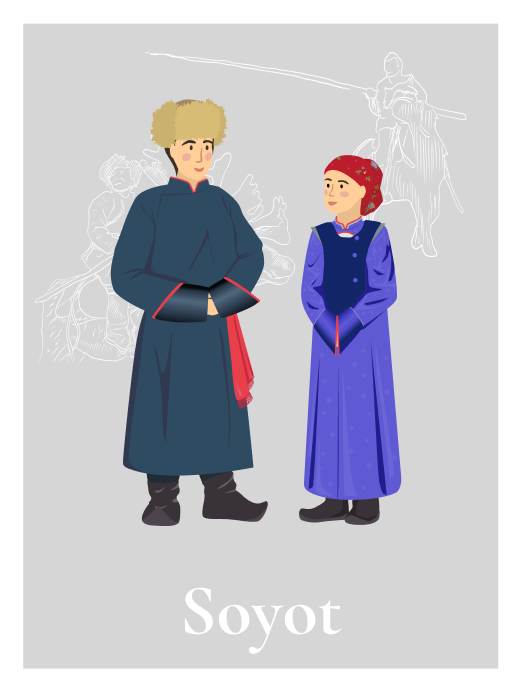
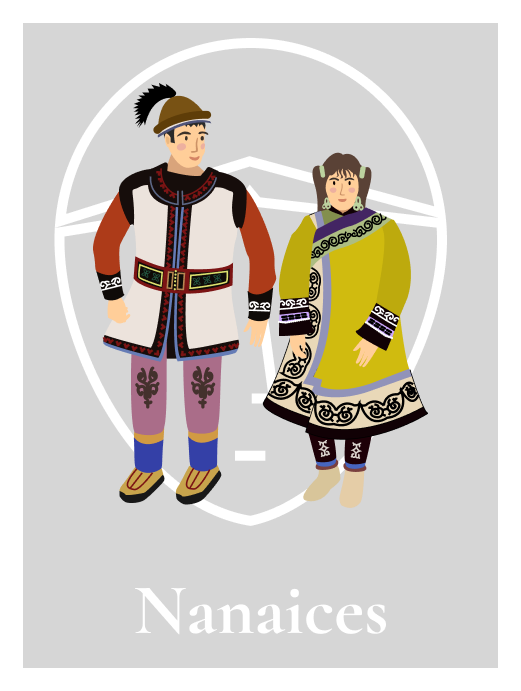
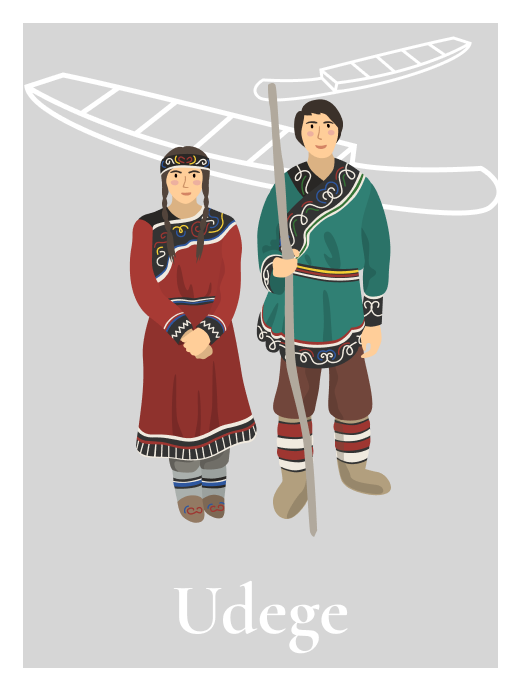

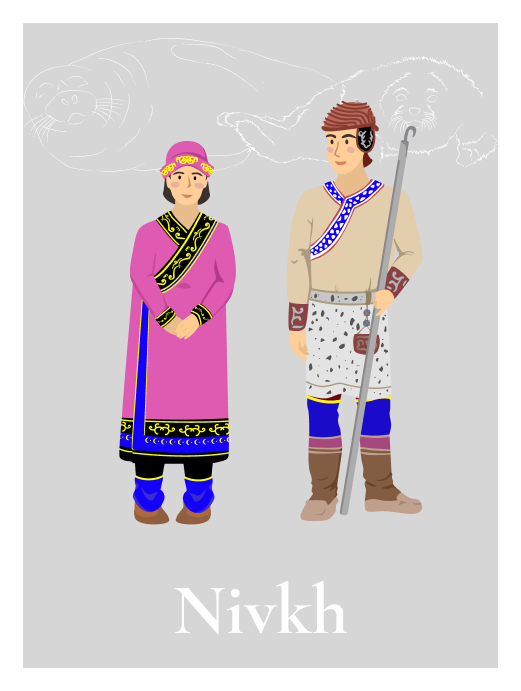
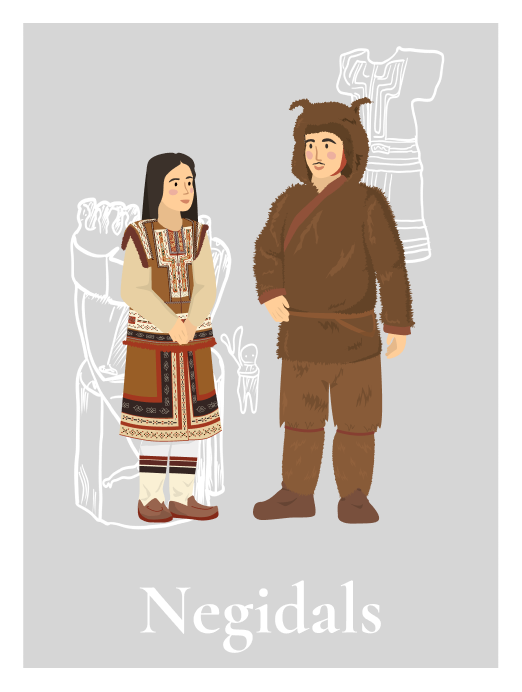
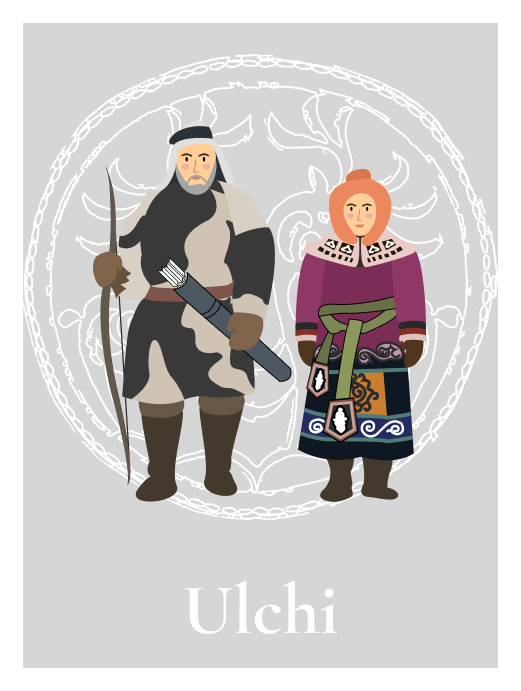


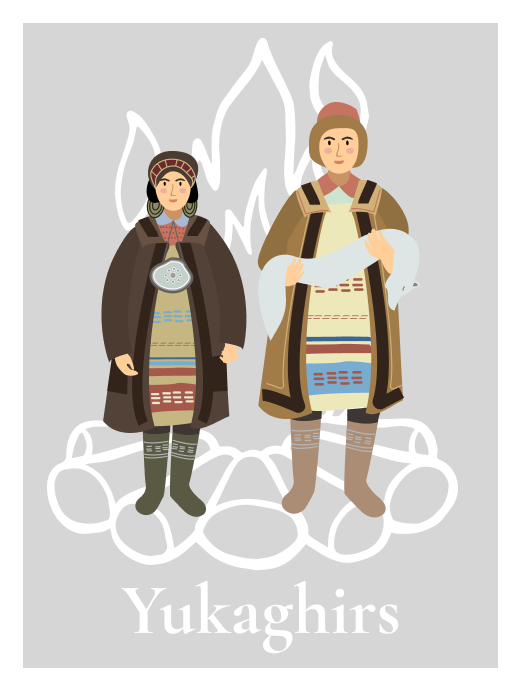
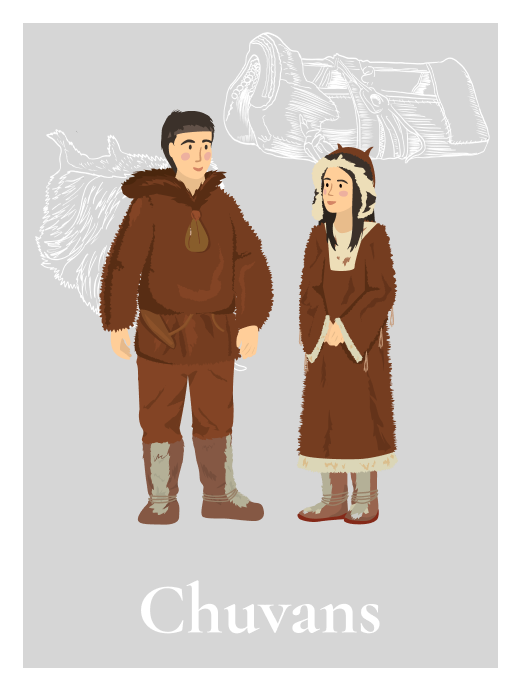
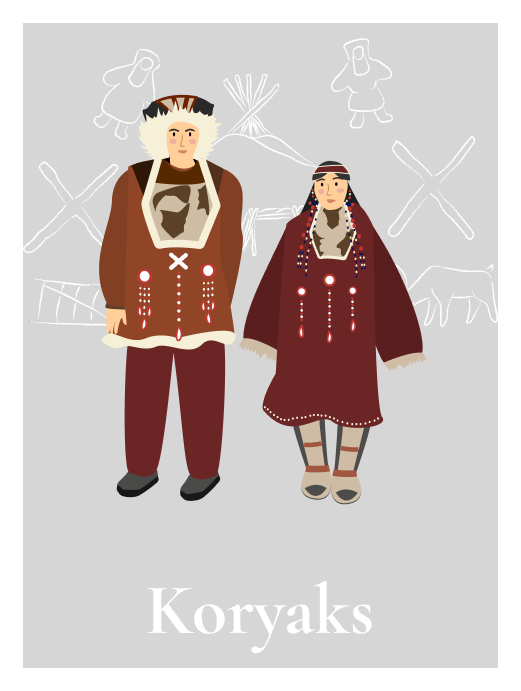

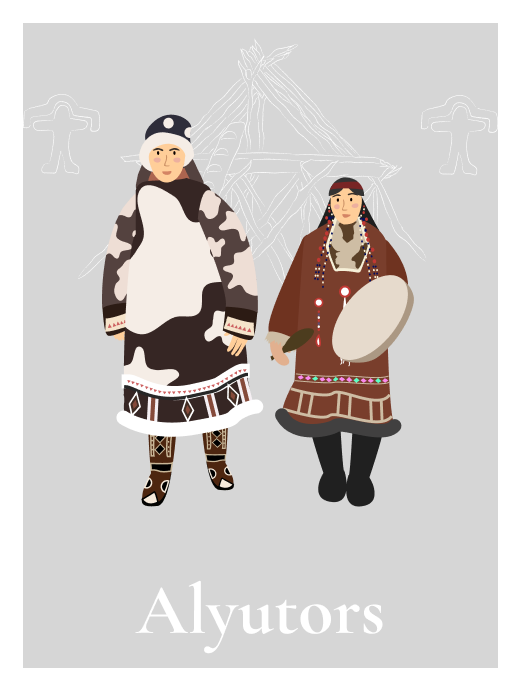


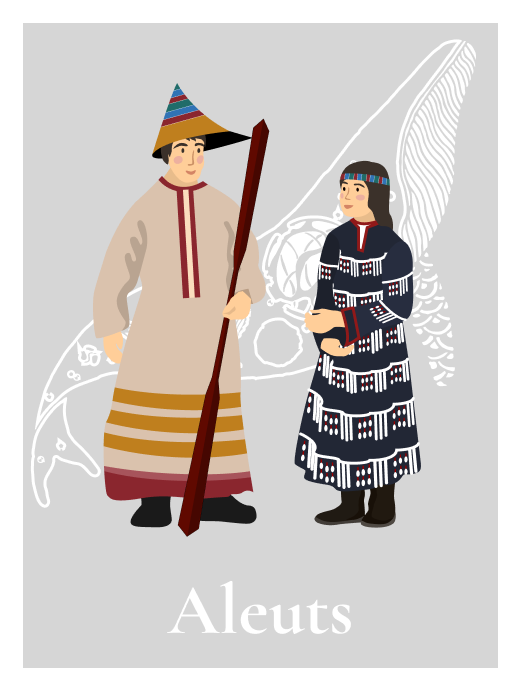

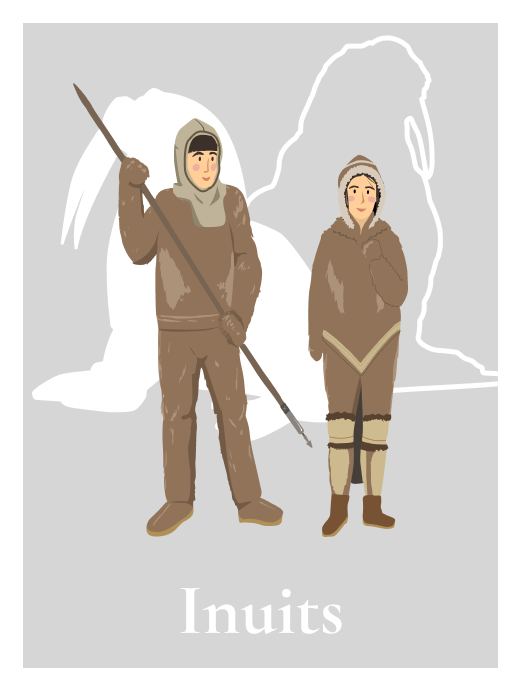
The name Nivkh comes from the Amur ethnonym, which means “man”. In Sakhalin-Nivkh this word is pronounced as nigvng, plural nigvngun. A more complete version includes the possessive pronoun of the 1st person plural: min + nigvngun “our people”. In folklore texts, the protagonist is usually introduced as min+ngafk “our comrade”, “one of us/ours”. The contemporary Nivkh call their language nigvng+dugs “the Nivkh word”.
An alternative name for the language is Gilyak. It had been used in Russian literature until the middle of the 20th century. The Nivkh were called Gilyaks mainly by their Tungus-speaking neighbors (Negidal gilakha, Oroch, Ulch, Nanai gilemi, Orok gile or gilehe). The documents make it possible to assume that the exonym gilyak entered the Russian language through Even, in which the Nivkh are called gileke, although the form of this word is not entirely typical for the Manchu-Tungus languages.

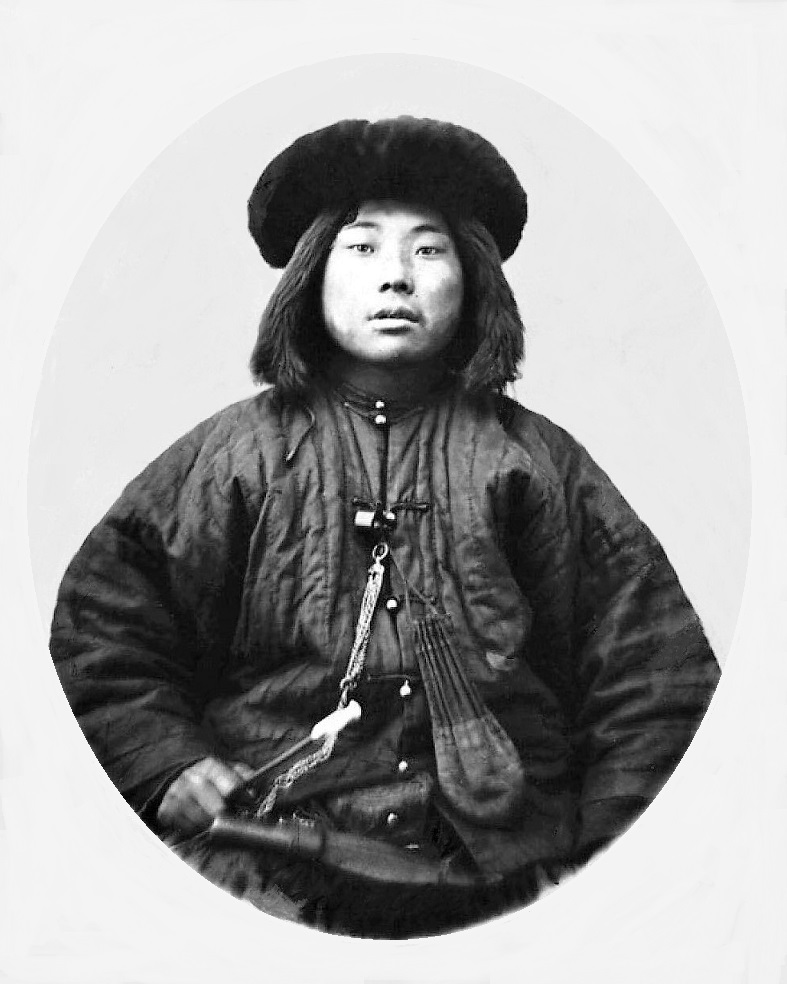
Number of speakers: 198 people speaking both Nivkh languages. Source: census of 2010. Number of speakers in native settlements according to the census of 2010: 54 people. Number of people: 4652 total, 2149 in the Khabarovsk Territory, 2290 in the Sakhalin region. Total number of the Nivkh (census of 2020): 3863 people. The number of native speakers of the language (census of 2020) is 117 people. Currently, the number of fluent native speakers of the language is believed to be about 30 people. Several dozen more speak the language partially or can understand it.